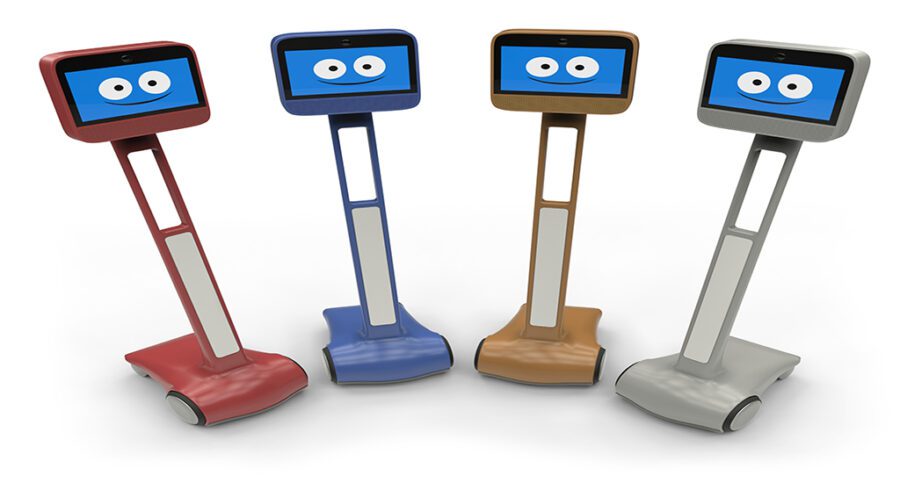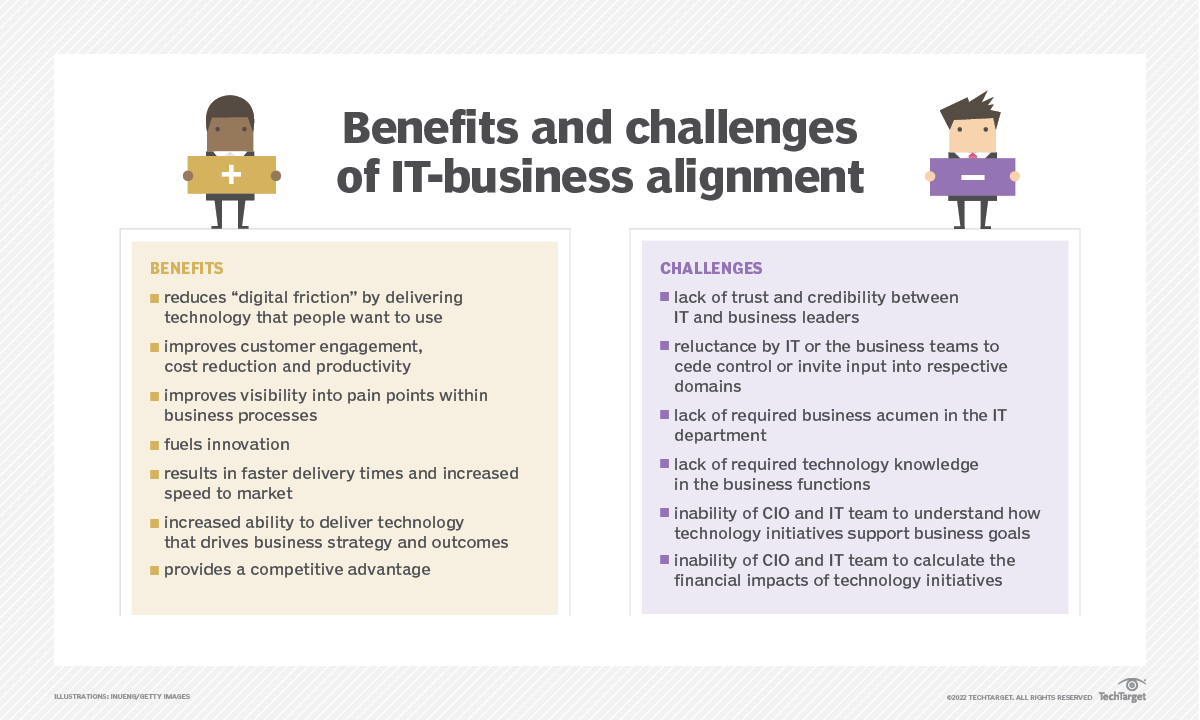
Announcements
- Building a successful data architecture strategy continues to challenge businesses as data management growth and innovation continues through 2022. Discover the blueprint for managing data by joining the Data Architecture & Engineering summit and get ahead with the latest technologies to remain competitive.
- Companies must effectively manage hybrid cloud operations to manage risk and leverage its full potential. Join the Cloud Innovation in 2022 APAC Summit to hear from cloud experts as they share how organizations can ensure they’re optimizing their recent cloud investments and making the right choices for an agile, scalable and flexible future.

The Phantom Recession, Commuting Robots, and Other Oddments

It’s been a strange week. Layoffs began to rock the tech sector even as employment surged, hitting a high water mark not seen in decades. Part of this came in response to a sell-off in stocks, with the major indexes all in modest bear territory. Ironically, overall demand for goods and services remained strong, although areas such as housing began to cool in previously booming areas such as San Francisco and Seattle. It was, to put it simply, as if someone had decided that it was time for a recession, despite the fact that the economy continues to grow in the wake of the (tentative) end of the Pandemic.
For those in the data science field, the impact may be more palpable, though whether the economy is really to blame here is arguable. There is talk of a looming AI Winter, harkening back to the period in the 1970s when funding for AI ventures dried up altogether. More than likely, it will be an AI Autumn, a cooling off of an over-the-top venture capital field in the space, but with periods of warm weather and clear skies. The reason for the AI Winter many decades before can be attributed directly to the fact that there was a growing realization that the technology needed to support AI simply was not up to the task.
Now, arguably, you’re seeing the growth of data-oriented GPU farms in the cloud, and so the hardware is becoming sufficiently powerful to accommodate the needs. The problem is that we’ve taken the neural network architecture about as far as it can go by itself, and the one thing that general AI needs – the ability to create inferences from abstraction – is something that cannot be done reliably through data-driven means alone.
In some respects, this is where recursion and fractals come into play, and the mathematicians, who were ahead of the curve earlier this decade, are now playing catch up. A period in which brilliant minds can actually rest and innovate, rather than simply apply established thinking, would likely do the industry some good. Of course, this will likely mean that any returns from investment at this stage will likely not see commercialization until about 2027, but it’s worth remembering that five years from investment to return has historically been far closer to normal than being able to recoup money within a year or two of investing it.
On a different front, demands by CEOs from Elon Musk on down means the work from home model is still facing a fair amount of opposition. People are returning to the office, but with hesitation, with most citing the commute as being the biggest factor in their reluctance and health being the second. At its peak, 35% of the workforce was working from home, but that’s dropped considerably to under 10% most recently.
This week, I caught an intriguing video of what may actually be happening. We may be seeing the rise of telepresence robots – what appear to be selfie-sticks mounted on robotic skateboards produced by OhmniLabs. The screens at the top of the sticks show the video visage of the driver, while the wide-field camera is able to take in a depth of field that makes it seem like you’re right there in the middle of the action.
I see this trend continuing – selfie-stick robots with robotic arms commuting on the train, navigating the buses, making their way on the highways into the office with all of the other selfie-stick robots, all being watched by steelie eyed manager selfie-stick robots making sure that no one is playing solitaire on their cubicle computers. Welcome to the 21st Century!
In Media Res,
Kurt Cagle
Community Editor,
Data Science Central
To subscribe to the DSC Newsletter, go to Data Science Central and become a member today. It’s free!
Data Science Central Editorial Calendar
Every month, I’ll be updating this section with topics that I’m especially looking for in the coming month and are more likely to be featured in our spotlight area. If you are interested in tackling one or more of these topics, we have the budget for dedicated articles. Please contact Kurt Cagle for details.
- Labeled Property Graphs
- Telescopes and Rovers
- Graph as a Service
- DataOps
- Simulations
- RTO vs WFH
DSC Articles
Picture of the Week

Videos | Search DSC | Post a Blog | Ask a Question
Follow us on Twitter: @DataScienceCtrl | @AnalyticBridge
275 Grove Street, Newton, Massachusetts, 02466 US
You are receiving this email because you are a member of TechTarget. When you access content from this email, your information may be shared with the sponsors or future sponsors of that content and with our Partners, see up-to-date Partners List below, as described in our Privacy Policy . For additional assistance, please contact: [email protected]
copyright 2022 TechTarget, Inc. all rights reserved. Designated trademarks, brands, logos and service marks are the property of their respective owners.

